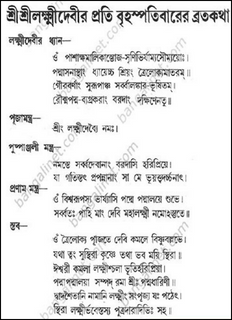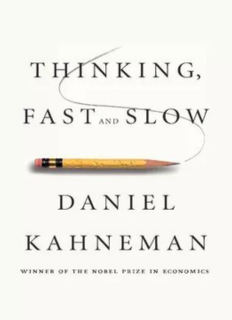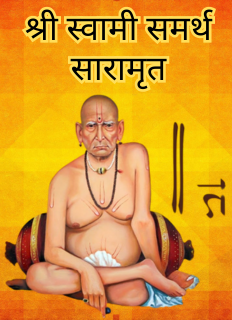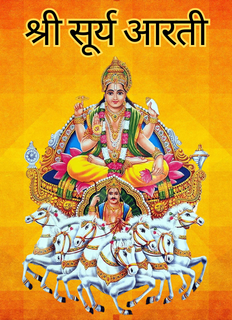
About: Hindu calendar
For religious and cultural activities, Hinduism uses a traditional timekeeping system called the Hindu calendar, also called the Panchang or Panjika. Because it is a lunisolar calendar, it considers both the lunar and solar cycles. The Hindu calendar is incredibly intricate, with many regional and cultural variations, although it primarily corresponds to the lunar cycles.
An important aspect of the Hindu calendar is:
Lunar Months (Tithis): The moon's phases serve as the basis for the Hindu calendar. In Hindu calendar, a month is divided into two fortnights, with each fortnight having fifteen lunar days (Tithis). Shukla Paksha is the name of the waxing moon while Krishna Paksha is the waning moon.
Solar Year (Samvatsara): There are twelve months in the solar year, also referred to as Samvatsara. Every month has a name that varies depending on the region and is associated with a certain sign of the zodiac.
Adhika Masa and Kshaya Masa: An extra month called Adhika Masa is occasionally added to correct the imbalance between the solar and lunar calendars, bringing the lunar and solar years into alignment. On the other hand, a month can be skipped—a practice called Kshaya Masa—in order to keep everything in harmony.
Nakshatras: These star clusters or lunar mansions are used to further divide the lunar months. Every day has a corresponding Nakshatra, which determines the favorable and unfavorable hours for certain kinds of activity.
Hindu astrology uses a system of yogas, or combinations of the positions of the sun and moon, and karanas, or half of a tithi, to identify the best and worst times for certain activities.
Festivals & Rituals: The scheduling of festivals, rituals, and auspicious occasions is determined in large part by the Hindu calendar. Numerous holidays, like Navaratri, Diwali, and Makar Sankranti, are based on particular lunar or solar occurrences.
Regional Variations: The Hindu calendar may be followed differently in different parts of India. For instance, the Shalivahana Shaka is more common in some regions of South India, whereas the Vikram Samvat is more commonly used in North India.
The Hindu calendar affects many facets of daily life, festivities, and rituals. It is not just a tool for telling time. It is also a cultural and religious guide. It symbolizes the cyclical aspect of time in Hindu intellectual and spiritual traditions, as well as the interconnection of Hindu cosmology.









